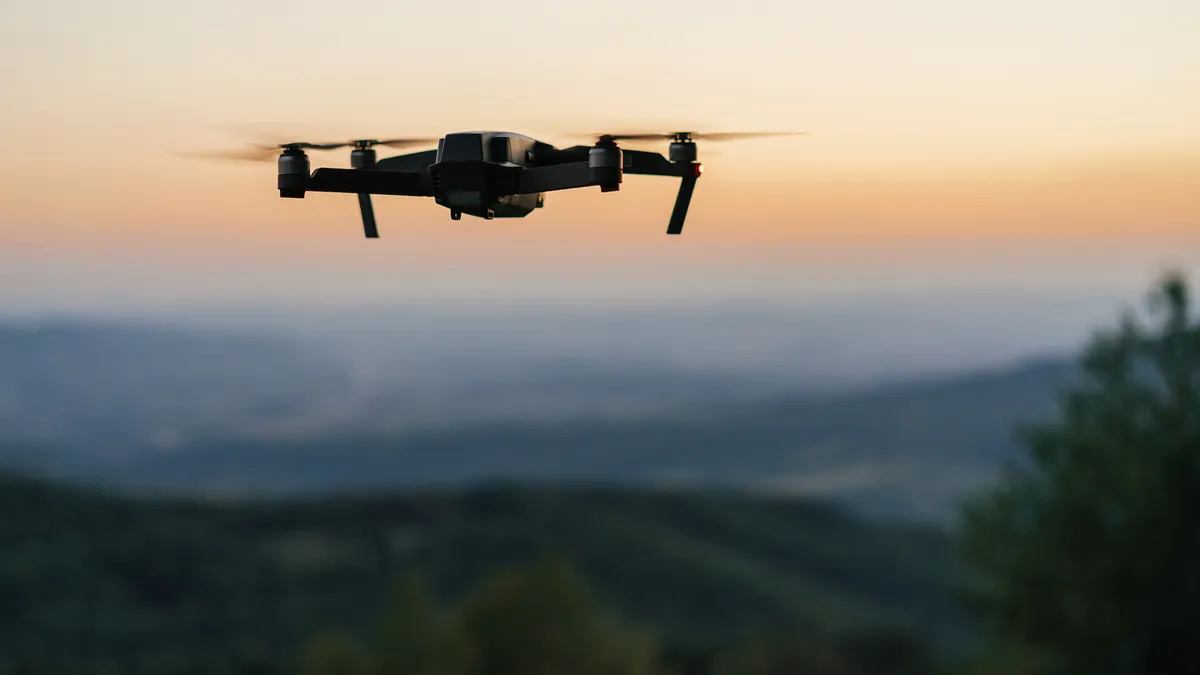For many city leaders, a 60-second emergency response to a house fire, flood or car crash may seem like a dream scenario. Add in the ability to collect video, data or mapping of the scene, and the deal gets even sweeter.
Cities like Bellevue, Washington, are working toward that ideal with the use of unmanned aerial systems, or UAS. For the last few years, the city has piloted emergency drone services using devices from BRINC Drones that provide aerial night and day vision, thermal sensors and live video streaming.
Governments are “not usually risk takers,” Bellevue Councilmember Conrad Lee said during a National League of Cities panel on drones on Jan. 23. But incorporating new technologies can have a huge payoff when it comes to making cities safer, Lee said.
“It's much better to send that drone, that piece of technology, into an unknown potentially dangerous situation before we have to send in one of our officers,” BRINC’s vice president of government relations, Esmael Ansari, said.
Bellevue has deployed the drones for crowd safety measures at an Independence Day event, pairing them with on-the-ground bike patrol and a SWAT team. The police department also used the drones’ thermal imaging to locate a person fleeing arrest. Previously, the police would have used helicopter patrol, which is more expensive and disruptive to the neighborhood, Lee said.
Lee added that the city’s emergency response teams have used drones to quickly capture images of a car crash scene for evidence in court, and as a tool for police officers to survey the safety of a building before they enter its premises in response to 911 calls.
While the drones were developed with emergency services in mind, BRINC CEO Blake Resnick said they can have a wider application. Lee discussed the potential for the city to use UAS drones to inspect tall buildings or trees, or assist in snow rescues or other natural disasters.
“We have to, as a government, deliver the basic services, but these things complement what we do and do it much better for the people,” Lee said.
Privacy concerns are usually top of mind for people, said Don Redmond, BRINC’s vice president of advanced public safety projects. To ease concerns, city leaders should prioritize community engagement and clear communication on planned drone use.
Redmond said that residents often see the value once they hear how much information can be gathered — like that drones can give EMS the ability to identify which room a house fire began in or let them know if someone is trapped in a car.
Redmond added that resident feedback should be incorporated into city policies as the technology develops and drones gain more capabilities. For example, in the future, applications of facial recognition capabilities or license plate data capturing should be open for public discussion; and thoughtful, transparent policies should be developed as a result.











